share on
From providing the right psychological support to standing up to a global tech talent shortage, these HR and business leaders share with Bridgette Hall how they are overcoming diversity, equity & inclusion (DEI) challenges.
Q: In your opinion, where do you see the biggest challenges and opportunities for DEI in your industry/region/context? How are you overcoming them?
Peck Yeow Gan, Human Resources Director, AXA Asia

Protecting the mental wellbeing of women is an important area that needs to be addressed. The AXA Study of Mind Health and Wellbeing 2022 indicated that women tend to struggle more than men across most markets, including in Mainland China and Hong Kong. They are also less likely to feel their mental health is supported by employers and that they have work-life balance.
To create an environment that nurtures women, AXA has implemented various initiatives including an inclusive parental leave policy and Smart Working practices to provide greater flexibility. More broadly, we also launched an innovative global programme to improve employees’ health prevention and access to care, including psychological support, which is particularly important amid the pandemic.
Anupam Trehan, Senior Director People & Communities for Asia Pacific, Japan, and Greater China, Cisco

Women are in a unique position today to shape the traditionally male-dominated technology industry. While significant progress has been achieved in narrowing the gender gap, opportunities remain for tech companies to eliminate gender bias. Importantly, companies need to create an inclusive environment where women are heard, respected, and can grow their careers.
At Cisco, we believe this starts with fostering an inclusive, conscious culture in which employees are empowered to thrive and be the best version of themselves, regardless of their background. We adopt a skill-based hiring approach, promote fair and performance-driven pay, and encourage our employees to have open conversations with supervisors about their careers. In addition, we provide mentorship and networking opportunities through programmes such as our ‘multiplier pledge’ and ‘proximity initiative’ to support female leadership and talent development. Our management team is walking the talk, with women making up 46% of our executive leadership team.
As the industry faces a global tech talent shortage, cultivating a workforce built on a foundation of all aspects of diversity and inclusion will go a long way in ensuring a steady talent pipeline.
Shanice Ang, APAC Recruiter, Wise Asia Pacific

As a global tech company building the best way to move and manage money across borders, Wise is to some extent naturally diverse — we have a 3,000-strong team from over 90 nationalities and the employee split is fairly even between men and women. We work hard to hire diversity of thought and background into our teams and build a culture where people can bring their whole selves to work. This includes values-based interview training to evaluate candidates fairly and consistently, headhunting women into senior leadership, and working with communities to educate and drive action on topics of inclusion.
But, there’s still more for us to do. We’re focused on a global diversity and inclusion strategy for Wise, which will help us to build a product for our diverse customer base and ensure that inclusion is an essential, not an initiative. For example, one of the areas we’ve been focused on is making sure women are well-presented in Wise. The tech industry has historically been male-dominated, particularly in management and senior leadership roles — women only make up 19% of executives worldwide, according to a global study by Findexable. We want to drive change and are committed to doing this both by improving our hiring pipeline, which includes proactively headhunting more female candidates for our board and in product and engineering roles, and by providing a clear path for growth for the many women already at Wise.
Sheena Chin, Head of ASEAN, Cohesity
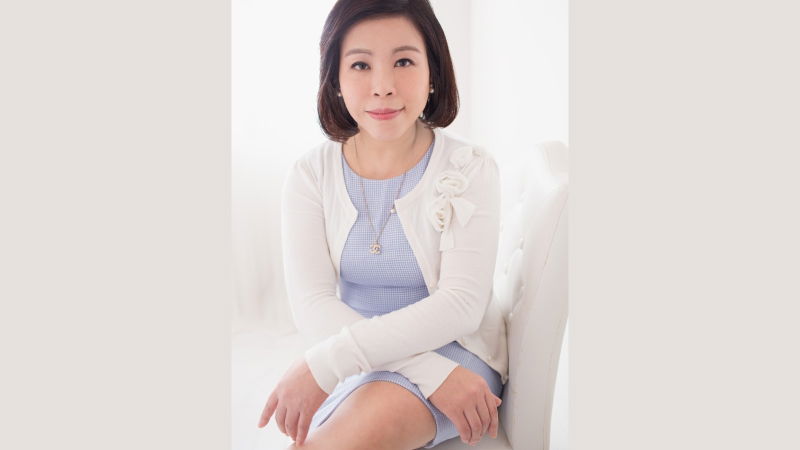
The biggest opportunity or challenge – depending on how you frame it - is to continue to increase and expand inclusive cultures within organisations, in the Asia Pacific region. To create a more inclusive culture, organisations should focus on addressing any conscious or unconscious biases relating to affinity, beauty, gender, language, and conformity pressure. In my own experience in the ASEAN region, substantial progress has been made in ridding gender bias through government and company mandated anti-gender bias initiatives. However, more can still be done.
To build an inclusive culture, the senior leadership, the HR function, and managers should aim to foster an environment that allows for open dialogue whether anonymous or overt, so that employees can be heard and/or communicate any issues. Building buy-in can be facilitated through frequent team building, employee surveys, engagement activities, experience sharing, and leadership programmes, in which all experiences – negative or positive - can be shared and understood. Personally, I choose to take an active role in participating, co-leading, and championing such activities and initiatives, to help drive positive change towards DEI and a more inclusive culture.
Anthony Holloway, Manager of Talent Acquisition, Woebot Health
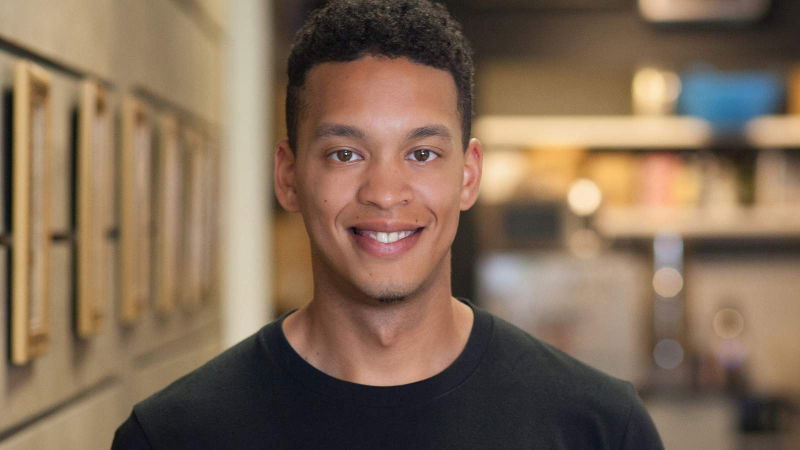
Giving everyone an equal opportunity to access mental health care is at the heart of our mission. We are constantly considering how to eliminate external barriers that might prevent someone from engaging in their mental health. We regularly consult our Clinical Diversity Advisory Board about methodologies for diversifying recruitment in our studies, and what it means to reach a diverse population. We are continually building our diverse team so that the minds behind Woebot Health are representative of those that we hope to serve.
Olivia Chan, Co-founder & CEO, BeautyFact APP

Technology and VCs is a men-dominated industry. Although there have been more female-led startups in recent years, women-focused startups or technology is still in minority, especially in Asia. We face difficulty in raising funds and connecting with the right investors because male-oriented investment teams find it hard to understand the philosophy and the existing pain points. Also, the gender barrier of socialising and making business connections is a challenge for many female startup founders. The 'boy's club' culture still dominates in professional networking.
I think 'women support women' should never be a cliche, but should be directed towards growing together as a community. I am grateful to have connected with different female founders and professionals to share our experiences and tips. Voicing out the difficulties is always the first step to connecting with those facing a similar situation.
Liz Furniss, Head of People Division, St James’s Place Wealth Management Asia
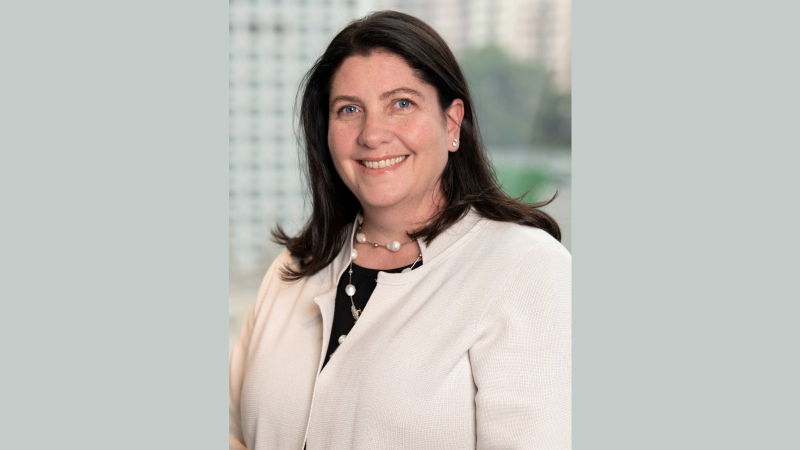
We know that women’s financial needs are more complex than ever these days; our financial needs change considerably at different stages of our lives, and this is often overlooked. As an industry, we need to help prioritise those needs, and create ways to allow our female leaders, clients and partners to pull in the same direction to bridge the wealth gap. We also need to create pathways for women to achieve financial wellbeing and freedom, and to have the best possible work life balance that they need, when they need it. As a leading wealth manager in Asia and the UK, we continue to implement various initiatives to address some of the most fundamental of financial planning for women and help them prepare for the future with some of the most sophisticated planning tools we have in our toolbox. We’re also working hard to make sure that our own policies protect and encourage our female Partners and executives, as well as our future leaders, so they can feel like they’ve found the right environment to achieve their own aspirations whilst ensuring that we all enjoy a healthy balance.
Eng-Kwok Seat Moey, Group Head of Capital Markets, DBS
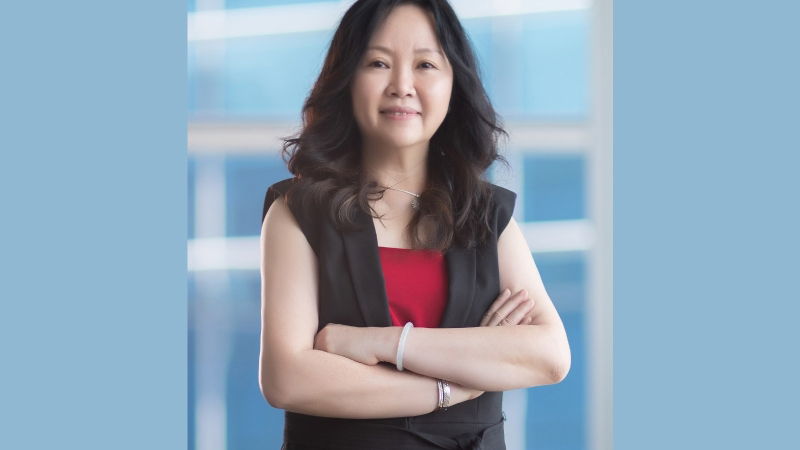
As one of the pioneers of Asia’s capital markets, I’ve observed that women tend to be viewed as more risk adverse and less able to think out-of-the-box, hence impeding their career progression. Other barriers include, unconscious bias in hiring and promoting, and a lack of networks in the “Old Boys Clubs” of this traditionally male-dominated industry. Although there has been meaningful progress, we must continue to intentionally ensure employees, with their unique capabilities and circumstances, are empowered and valued, while supported and mentored by senior leaders within the firm and the broader industry.
From a business lens, it is also clear that making the best decisions in the fast-paced world we live in today require building teams that have the ability to think and execute in both depth and breadth. I am very pleased that at DBS, we believe that embracing diversity, equity and inclusion are important to achieve this: to enable us to attract the best people, develop the best teams and produce the best work. Our flexible work policies are also designed to empower employees with changing needs depending on life stages and personal circumstances, and who are increasingly looking to re-prioritise their time. In fact, I am testimony of DBS walking the talk when I was extended sabbatical leave to be with my family when my husband was posted overseas for work.
There’s still a long way to go before we get to the desired destination, but I’m optimistic we will get there as more companies increasingly acknowledge the benefits of diversity and inclusion, and are becoming more open to providing equitable opportunities to develop, grow, and showcase their talent.
Heng Huey Lih, Head of Partner Sales for the Asia Pacific region, Hewlett Packard Enterprise
Companies that prioritise employee wellbeing, inclusion, and equity report higher employee engagement and retention scores. Yet, despite an acceptance that more diversity is needed, women are still underrepresented in leadership roles across all sectors, and the tech industry is no different. Taking a multi-pronged approach to addressing gender imbalances has improved the situation, but even progressive organisations are still struggling to get – and keep – female talent.
Focusing on advancing more women into senior leadership roles is a critical factor in correcting gender inequities. I am fortunate to have grown my career inside Hewlett Packard Enterprise, an organisation that outperforms most of its peers on gender diversity. Aside from transparent diversity reporting and tying diversity scores to executive compensation, HPE constantly pushes for better, focusing on programs and practices that support women to advance their careers. I am proud of HPE’s commitment to being unconditionally inclusive and we will continue with this momentum.
Tan Beng Tee, Executive Director, Singapore Maritime Foundation (SMF)

While maritime is perceived to be a traditional and male-dominated sector, it is, in reality, one that readily embraces change. In recent years, we have seen more females entering the sector or taking leadership roles. The industry is currently being transformed by technology and sustainability, and we expect more gender diversity and onboarding of females.
Jobs that once required physical dexterity are today increasingly being transformed through the use of technology. Beyond jobs at the port or on ships, there is a vibrant cluster of adjacent sectors such as maritime law and arbitration, ship broking, vessel chartering, and ship financing - not to mention corporate and technology roles across the industry - where it is now common to see women holding leadership positions.
Diversity is an asset as it offers richness in discussion. As a conduit between the public and private sectors and as a connector of the maritime ecosystem, the Singapore Maritime Foundation has in place programmes to nurture a diverse talent pool to drive the growth of Singapore as one of the leading maritime cities of the world.
Yean Cheong, Executive Director, SGTech
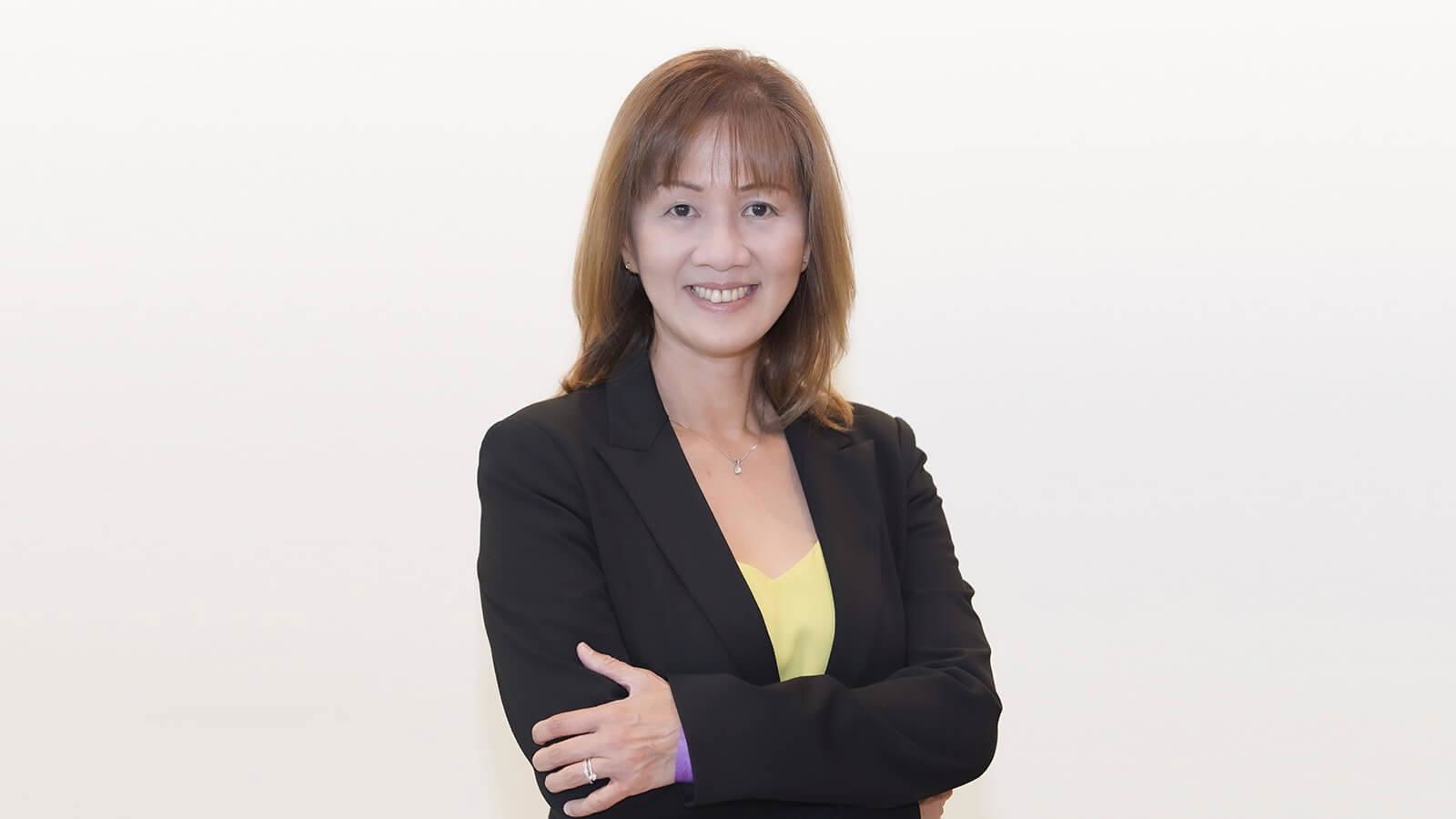
The tech sector is commonly associated with a lack of gender diversity. My appointment at SGTech reflects the conscious steps that we are taking as an industry to create a gender-neutral and inclusive environment.
The current work climate sees high levels of volatility, uncertainty, complexity, ambiguity and demands greater attention from individuals. But we cannot afford to be distracted by these day-to-day challenges and forget about fostering gender diversity – diversity is part of the solution.
The pandemic has presented several possibilities in how we may embrace and accommodate the many roles we play in our daily lives without undermining any single one of them. Hybrid workplaces and asynchronous collaboration at work are feasible solutions to provide us with much-needed flexibility in managing our multiple roles and responsibilities.
Employers and employees should come together to reflect and agree on what this new work-life blend means to job roles, job-sharing, performance evaluation, co-worker relationships, and mental wellness, empowering every individual to deliver to their fullest potential regardless of their gender or other backgrounds.
Photos / Provided
Follow us on Telegram and on Instagram @humanresourcesonline for all the latest HR and manpower news from around the region!
share on



